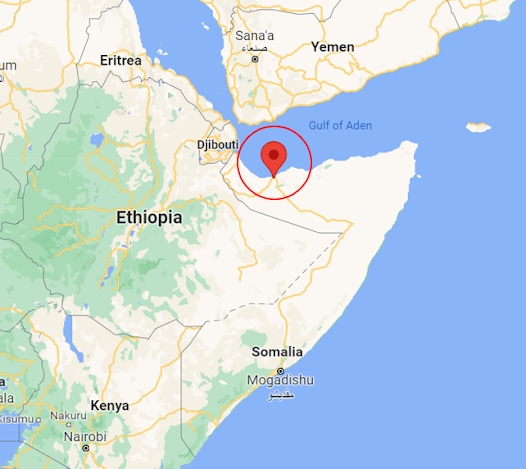Groundwater Irrigation: A Potential Saviour for Zambia's Agricultural Sector? (I)
Over the last two weeks, I investigated the use of GM crops to improve food security in Sub-Saharan Africa, specifically Ethiopia. Moving on, this will be the first post of a two-part series exploring the potential of another method in improving food security and agricultural productivity in Zambia: groundwater irrigation (GWI). Groundwater's Recognition Before we explore GWI, it is important to consider groundwater's recognition in the field of hydrology. Going back to my first post , you may remember Malin Falkenmark's Water Stress Index (WSI) which explicitly linked food security to freshwater availability . Early applications of the WSI equated renewable freshwater resources to mean annual river runoff (MARR ) . However, MARR con ceals intra- and inter-annual variabilities in freshwater which are extreme in sub-Saharan Africa . By adopting MARR, the WSI views changes in soil moisture and groundwater storage as insignificant . The exclusion of groundwater i
